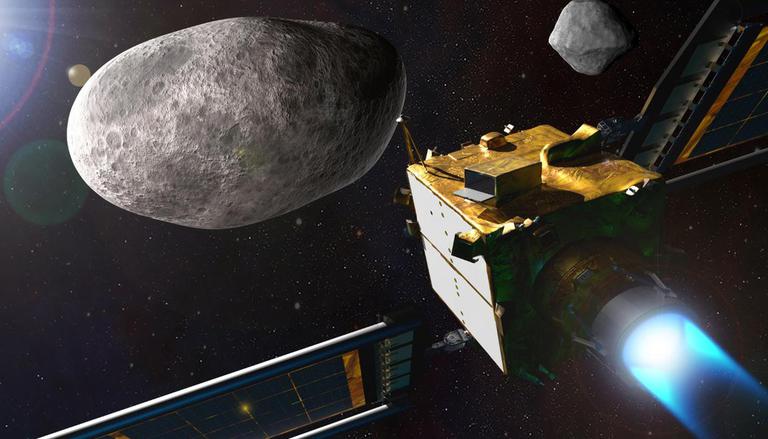Sixty-six million years ago, a mountain-sized asteroid slammed into Earth. The space rock is estimated to have been about 6.2 miles (10 kilometers) in diameter.
The impact was catastrophic, triggering tsunamis and firestorms that raged across the globe. It doomed the dinosaurs and led to their extinction.
Now, NASA plans to experiment with defending Earth from hazardous asteroids
Last month, NASA sent the Double Asteroid Redirection Test (DART) into space to deflect an asteroid from its position. NASA is experimenting with kinetic impactor technology that could defend Earth from potentially devastating asteroids in the future.
Currently, the DART is hurtling through space on its mission to crash into the asteroid about 6.8 million miles from Earth. It will impact an asteroid called Dimorphos at 15,000 miles an hour, next year sometime between September 26 and October 1.
DART has sent back its first images just two weeks after its launch
DART has taken its first images some 2 million miles from Earth. The images were taken by the spacecraft’s DRACO telescopic camera. Didymos Reconnaissance and Asteroid Camera for Optical navigation (DRACO) is a high-resolution camera.

Image courtesy: NASA/Johns Hopkins APL
DART was 11 light seconds away from Earth when it sent the images from space. It took about 11 seconds to reach the Earth but the duration will increase as it heads closer and closer to its destination. In comparison, signals take between 5-20 minutes to reach Mars from Earth.

Image courtesy: NASA/Johns Hopkins APL







